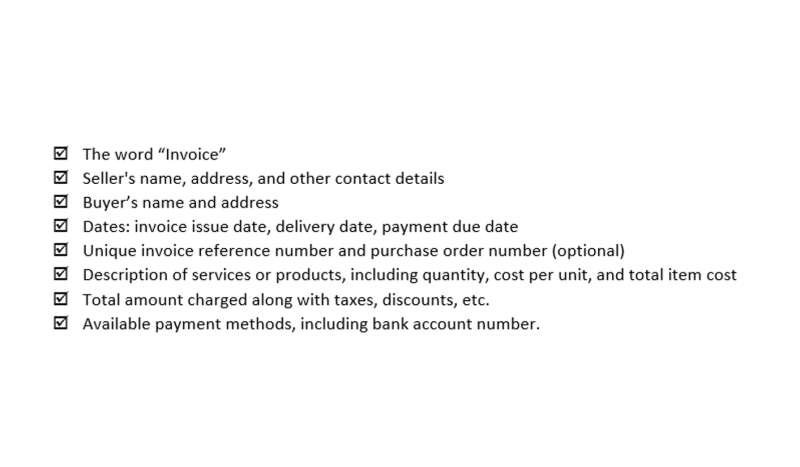Content

You’ll record the payments as rental expenses on your income statement and benefit from any corresponding tax deductions related to renting an instrument (similarly to renting office space). Operating leases are also not recorded as debt, which means they can be significantly less cumbersome when it comes to contract terms. Additionally, all operating leases that began before the new standard took effect need to be transitioned from the old standard, ASC 840, to the new standard. In the operating lease scenario, the lease expense is constant throughout the lease term.
Under IFRS 16, the lease liability is remeasured each year to reflect current CPI. However, under Topic 842, the lease liability is not remeasured for changes in the CPI, unless remeasurement is required for another reason (e.g. the lease term changes). Instead, any additional payments arising from increases in CPI are expensed as incurred. IFRS 16 and Topic 842 became effective for IFRS Standards preparers and US GAAP public companies in 2019.
Advantages of an operating lease
These new guidelines took effect for public companies beginning Dec. 15, 2018, and will become effective for all other businesses using Generally Accepted Accounting Principles (GAAP) after Dec. 15, 2019. Unlike the finance lease, the operating lease does not transfer the ownership of the lease to the lessee. The operating lease does not last for the whole useful life of the lease. When tax season comes around, under current IRS rules, you can deduct the interest expense, but these deductions are typically lower than the rental expenses of an operating lease. As you learn more about your equipment leasing and financing options, you’ll want to understand some key structural differences between an operating lease and a capital lease.
Adam Hayes, Ph.D., CFA, is a financial writer with 15+ years Wall Street experience as a derivatives trader. Besides his extensive derivative trading expertise, Adam is an expert in economics and behavioral finance. Adam received his master’s in economics from The New School for Social Research and his Ph.D. from the University of Wisconsin-Madison in sociology. He is a CFA charterholder as well as holding FINRA Series 7, 55 & 63 licenses. He currently researches and teaches economic sociology and the social studies of finance at the Hebrew University in Jerusalem.
Operating Lease vs. Capital Lease: What Is the Difference?
This will have an effect on operating income, which will always increase when these expenses are recategorized. However, it will not have any net effect on net income, as the change in numbers will balance out. Operating leases are leases a business might use to rent assets rather than buy them outright.

Users and reviewers of financial statements weren’t able to glean the insights they needed from the statements to provide a full picture of the company’s risks and liabilities. Leasing vehicles and equipment for business use is a common alternative to buying. The two kinds of leases—capital leases and operating leases—each have different effects on business taxes and accounting. Capital leases transfer ownership to the lessee, while operating leases usually keep ownership with the lessor.
Accounting for leases: Operating and Capital Lease
Conceptually, a capital lease can be thought of as ownership of a rented asset, while an operating lease is like renting any type of asset in the normal course. Akounto is here to take up all your worries about the lease accounting, recordkeeping, and preparation and management of financial statements. Sign-up with Akounto today to outsource your sensitive accounting tasks to professionals and experts.
- Operating lease payments under ASC 840 were often recorded to rent expense as simply a debit to expense and a credit to cash.
- For tax purposes, operating lease payments are similar to interest payments on debt; these payments are considered operating expenses on the business tax form for the year.
- The first step is to estimate the carrying value of the right-of-use (ROU) asset, approximated as the net present value (NPV) of all future rental expenses.
- Understanding how a lease is classified, the key differences from ASC 840 to ASC 842, and its impact to the business will equip your company for success under the new lease accounting standard.
- Unlike a capital lease, the lessee does not have an option to purchase the asset at the end of the agreement at a bargain price.
In all leases, the lessee acquires an asset, called a right of use (ROU), and a liability (the obligation to make lease payments). The second exception is for leases which are deemed immaterial to financial statement users. ASC 842 does not establish a materiality exception or threshold, but materiality exemptions are allowed overall operating lease vs capital by US GAAP. If an entity has a materiality threshold for fixed assets, a similar methodology may be applied to leases as well. Are you looking for more detail on finance and operating lease accounting under ASC 842? Our Ultimate Lease Accounting Guide includes 44 pages of comprehensive examples, disclosures, and more.
Capital leases and operating leases appear very differently in accounting. For accounting purposes, a capital lease (sometimes called a “finance lease”) is reflected on the company’s balance sheet as an asset, with a value determined by the regulations for setting a cost basis for the asset. Under current US GAAP (ASC 842), public and nonpublic entities follow a two-model approach for the classification of lessee leases as either finance or operating.
Both require lessees to report most of their leases on-balance sheet, as assets and liabilities. While the requirements under IFRS Standards and US GAAP regarding the ‘Day One’ accounting for lessees are similar, differences remain for the ‘Day Two’ accounting. Because the first payment has been made, no liability is reported on Abilene’s balance sheet although the contract specifies that an additional $600,000 in payments will be required over the subsequent six years. In addition, the airplane itself is not shown as an asset by the lessee because this operating lease is viewed as the equivalent of a rent and not a purchase. That subset ends up with ownership of the lease because the lease lasts for its entire valuable life.